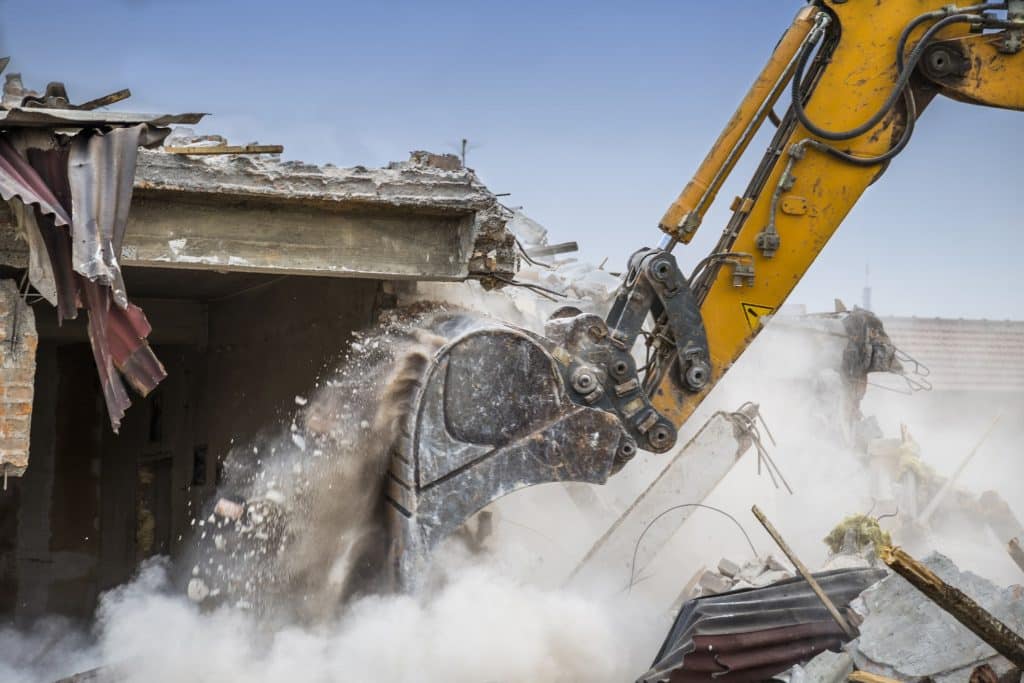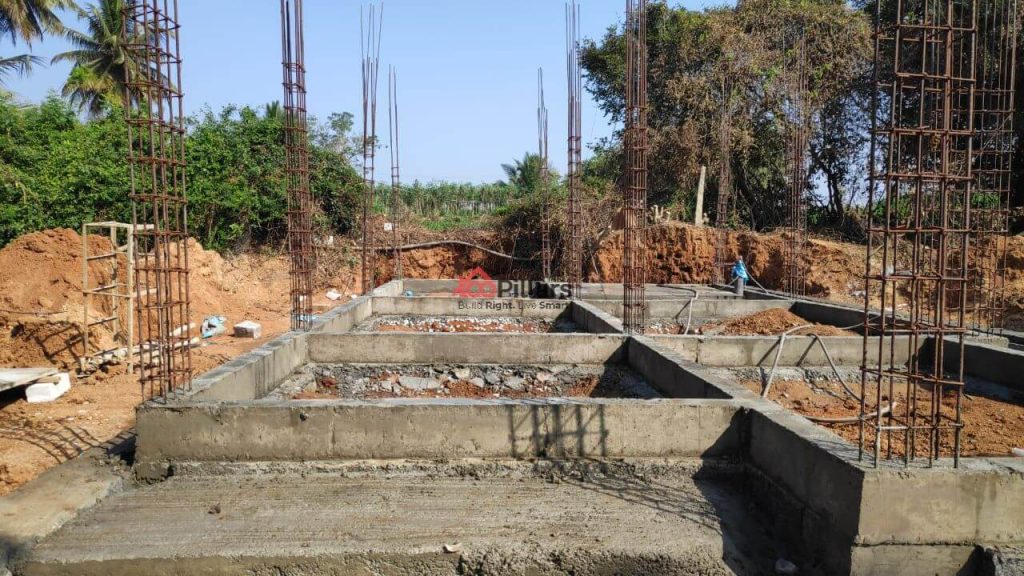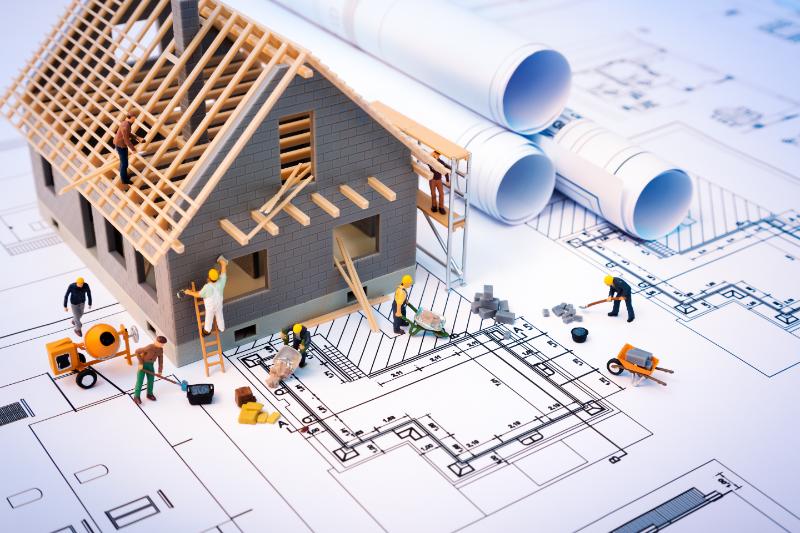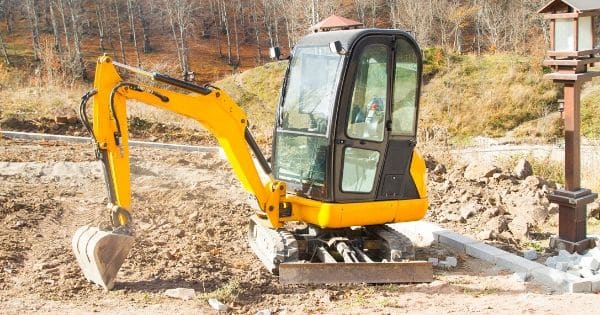Maximizing Home Renovations — The Smart Way to Integrate Heavy Machinery
In-home renovation, efficiency isn’t just a buzzword; it’s a necessary strategy to ensure projects are completed on time and within budget. The use of heavy machinery has revolutionized how renovations are approached, bringing significant improvements in speed, safety, and cost-effectiveness.
This article delves into how integrating these robust tools can streamline your renovation projects and highlights the pivotal role of supportive accessories like plastic hose wraps in maintaining operational fluidity. Let’s hop in!
Demolition and Heavy Lifting

These machines expedite the demolition and ensure that the site is prepared with a clean slate for the subsequent construction stages. An excavator, for example, can tear down an old wall in minutes, a task that might take humans hours to complete using traditional tools like sledgehammers and manual force.
This swift removal is a testament to the machine’s efficiency and minimizes the disruption to the surrounding area, keeping the project on a smooth trajectory right from the start.
Maintenance and Protection of Machinery
Efficiency in renovation also hinges on maintaining the machinery itself, which brings us to an often overlooked aspect: the protection of machine parts. Plastic hose wraps are an excellent example of a simple yet effective accessory that ensures the operational longevity of hydraulic machines.
These wraps protect hydraulic hoses, crucial for machine functions, from physical damage and environmental exposure, thereby preventing leaks and bursts. Regular lubrication is another essential maintenance practice that significantly reduces wear and tear on moving parts, extending the machinery’s life.
Additionally, routine checks for alignment and tension can help identify potential issues before they lead to machinery failure. By investing in such protections and adhering to regular maintenance schedules, renovators can avoid frequent disruptions and costly repairs, keeping the project timeline intact and smoothing potential financial bumps.
Foundation Work and Material Handling

These machines ensure that the mixture is consistent throughout, which is crucial for the structural integrity of the building. Their automated precision not only streamlines the process but also delivers a higher standard of quality that manual methods would need help to match.
Moreover, they reduce the physical strain on workers, decreasing the risk of injuries and enhancing overall site safety. This expedites the construction timeline and fosters a safer work environment, underpinning the essential role of these machines in modern construction practices.
Moving and Positioning Materials
As the project progresses, the role of machinery in lifting and positioning cannot be overstated. Cranes and forklifts are essential for moving large materials like beams, roofing elements, and windows. These tools make it possible to handle bulky items and help in placing them precisely.
Their ability to maneuver heavy loads accurately ensures that each element fits perfectly into its designated place, reducing the need for adjustments and rework.
The efficiency here lies not just in the speed but also in the reduction of waste. By minimizing the risk of material damage during handling, these machines contribute to a more sustainable construction process, where every piece is used as intended with minimal waste.
This precision handling saves time and resources, making it a pivotal factor in maintaining both budget and environmental considerations in check.
The owner of Discount Forklift remarks, “Efficient material handling—whether through crane support or forklift rental in Las Vegas—is critical for reducing damage, saving time, and keeping home renovation projects on track.”
Finishing Touches Using Precision Tools

Using such tools speeds up the process and ensures a level of finesse that manual sanding seldom matches. These tools deliver a smooth, uniform finish that enhances surfaces’ aesthetic appeal and durability.
They efficiently remove imperfections and prepare materials for final treatments such as painting or sealing, which are critical for appearance and protection. This attention to detail in the finishing stage underscores the value of integrating modern machinery throughout the renovation process, from start to finish.
Logistics and Safety Training
Addressing the logistical aspect of using heavy machinery in renovations is also crucial. Planning for adequate access and storage space for these machines can prevent delays.
Ensuring enough maneuvering space for the machines and planning their use around the site’s layout are vital steps in the pre-renovation planning phase. This preparation helps avoid any last-minute reconfigurations that could stall the renovation process.
Training and safety protocols must be emphasized to optimize the use of heavy machinery. Operators should be proficient in using the machines, understand their capabilities, and be aware of the safety measures.
Regular training sessions and updates on machinery handling can reduce the risk of accidents and enhance efficiency, keeping the project on a steady path toward completion.
Conclusion
Integrating heavy machinery into home renovation projects offers a multitude of benefits. The advantages are palpable, from speeding up demolition to laying down precise and strong foundations and ensuring high-quality finishes.
Additionally, paying attention to the maintenance and protection of these machines, for instance, through plastic hose wraps, is equally critical.
It ensures that the machinery is always ready for action, thus avoiding downtime and maintaining a steady workflow. Proper planning, safety training, and the strategic use of technology maximize efficiency and transform the renovation process into a smoother, safer, and more satisfying experience for everyone involved.







